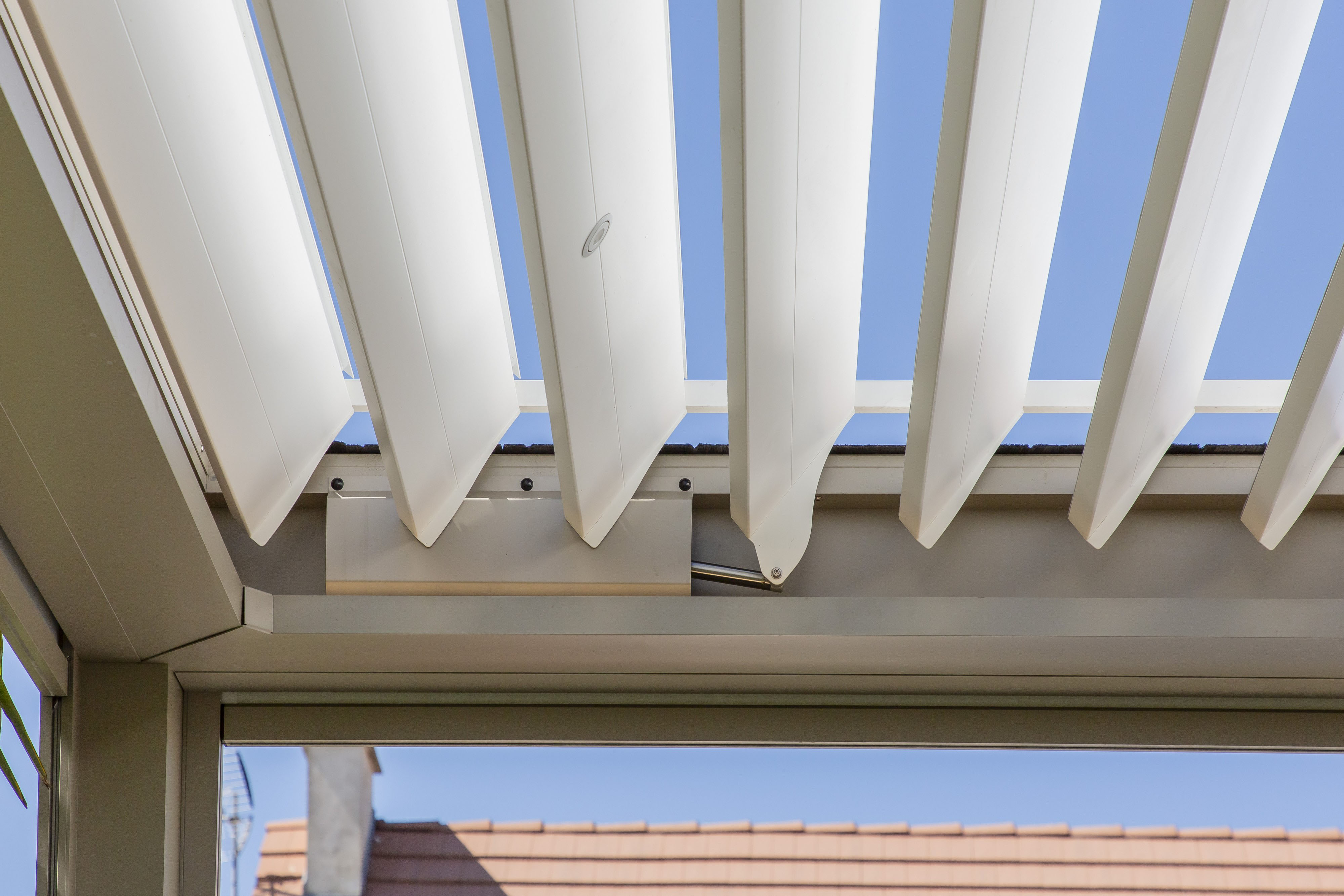Are you planning on building a pergola? Excellent idea! Pergolas offer many advantages and there are a whole host of options which can be added to enhance them. One such option is reed screening. It provides shade as well as adding a natural and aesthetic touch. It can be used in different ways. It lends a certain cachet to your pergola, and your property as a whole. Read this guide to find out which reed screening would be best for your pergola.
Pergola reed screening: what is it?
Before getting down to specifics, here are a couple of useful definitions:
- A pergola is a construction lean-to the house or freestanding, which provides a shaded area in your garden. Inviting and comfortable, it is the perfect place to relax or entertain, while adding an aesthetic touch to your outdoors. Pergolas may be of traditional design or bioclimatic. Bioclimatic pergolas provide natural ventilation thanks to their rotatable slats.
- Reed screening is made by binding stalks or canes together. In the past it was used as a trellis for drying figs. Nowadays, it is mainly used as a privacy screen or windbreaker in the garden. Easily recyclable and particularly robust, it can also be used to cover pergolas to create natural shade. Different materials can be used to make reed screening.
Reed screening for pergolas: natural or artificial?
As we have just seen, reed screening was initially used to dry fruit and was also used in silkworm breeding. Pergolas meanwhile, were covered with climbing plants to provide shade. Plants were gradually replaced by a more stable roof. Reed screening is therefore an obvious choice for a pergola roof. It is also possible to find artificial reed screening. Let's take a look at the different materials and their advantages:
- bamboo: whole bamboo screening is made by binding together bamboo stalks and has the advantage of being very resistant.
- split bamboo screening made from bamboo slats is cheaper but less decorative than whole bamboo stalks.
- willow screening is made from thin osier stems. It is very elegant, but is quite expensive.
- straw screening is made by binding together large pieces of straw with nylon threads. It is cheap and not very resistant. However it has the advantage of being available in long lengths.
- brushwood screening is a tight weave of fine heather. It is resistant to moisture, but relatively expensive.
- plastic, pvc, polypropylene reed screening is moisture resistant. It is relatively expensive and deteriorates quite quickly.
Reed screening lends lightness and a natural touch to your pergola. It must however be resistant, provide screening and ensure the main advantage of a pergola: shade. PVC reed screening is, surprisingly, less durable than natural screening. Brushwood is quite volatile. If, when you shake reed screening, dust forms, avoid using it as a roof above your garden furniture. Pieces could fall onto your plate and ruin your meal!
Attaching reed screening securely
Whether you opt for natural or artificial reed screening, it is essential to attach it correctly to avoid any mishaps. It is recommended you use wire to fasten the screening. Avoid using rope. Although more aesthetic, it can wear quite quickly. If you have made your reed screening yourself, you can use the same wire you used to bind the stalks together.
To ensure the screening doesn't move in the wind, fix the ties to the pergola frame every 20 to 30 cm. Your reed screening roof is ready! It can be removed and adjusted. It can be stored away during the winter months to protect it and brought out again when the weather begins to improve.
Retrouvez nos autres conseils


